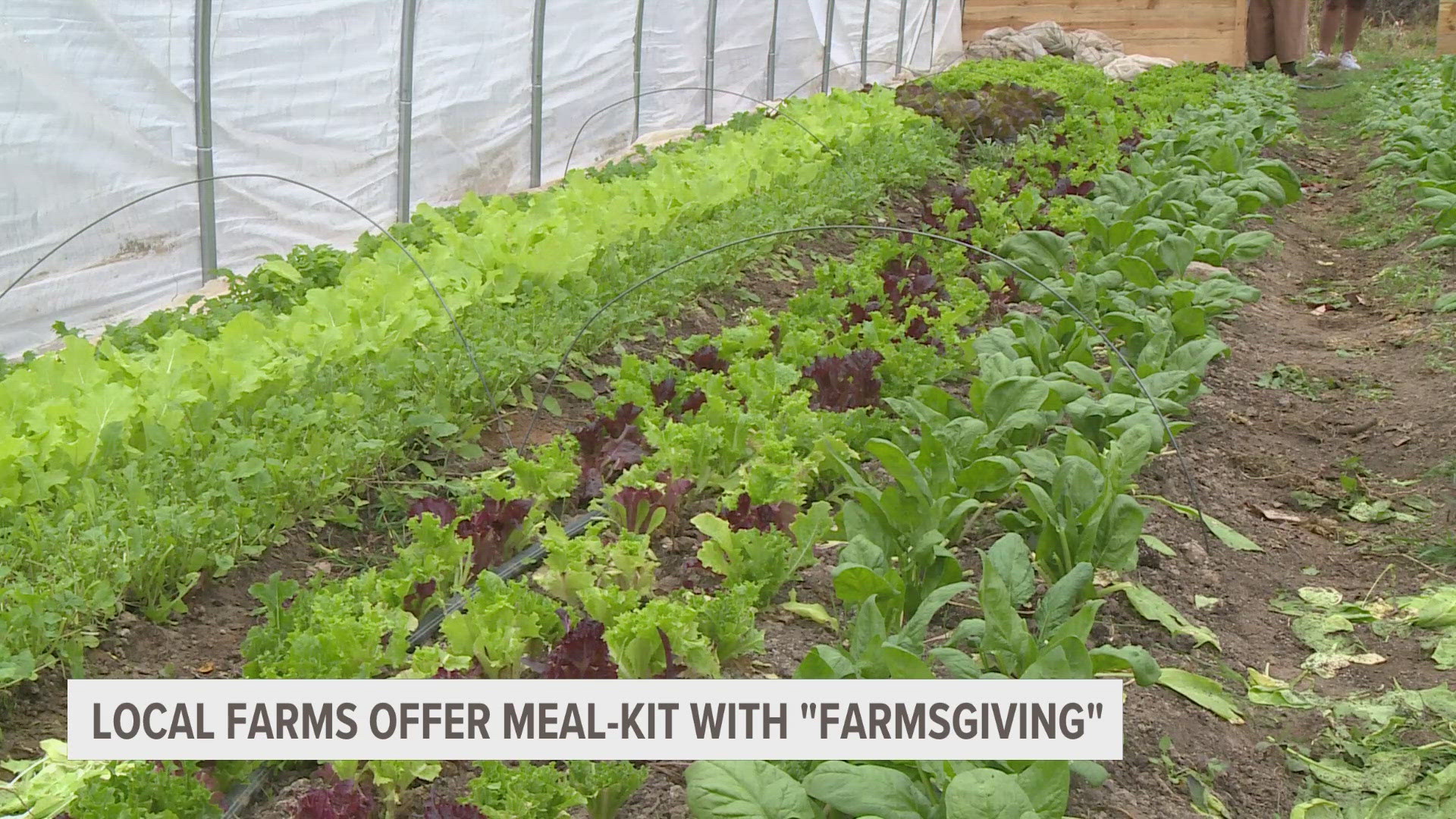MICHIGAN, USA — New research shows raising highway speeds could have deadly consequences — and not just for highway drivers, AAA says.
If speed limits are raised on highways, it could create unintended safety hazards for local communities that might not even be involved in the speed limit decision-making process. AAA calls it the "spillover effect."
The study looked at interstates in Michigan, Georgia and Oregon. Roads within a one-mile radius of nearby interstates showed an increase in speed-related crashes following the limit change, suggesting drivers continued their faster tendencies after exiting the highway, experts say.
“Although increasing posted speed limits may drive nominal improvements in traffic flow, it also creates unintended consequences in the surrounding community,” said Adrienne Woodland with AAA.
Speed contributes to one-third of all road fatalities, AAA says.
To combat the problem, researchers recommend more public awareness campaigns focused on the riskiest drivers, automated speed enforcement and screening tools and speed-reducing road designs. Some examples include narrower lanes, speed humps and roadway landscaping and curb extensions.
“For one thing, higher speeds result in more severe traffic crashes. Additionally, this new research demonstrates that drivers will be moving faster when transitioning onto local streets, which are designed for slower speeds and diverse road users such as pedestrians and cyclists—not for speeding drivers," said Woodland.
►Make it easy to keep up to date with more stories like this. Download the 13 ON YOUR SIDE app now.
Have a news tip? Email news@13onyourside.com, visit our Facebook page or Twitter. Subscribe to our YouTube channel.
Watch 13 ON YOUR SIDE for free on Roku, Amazon Fire TV Stick, Apple TV and on your phone.



